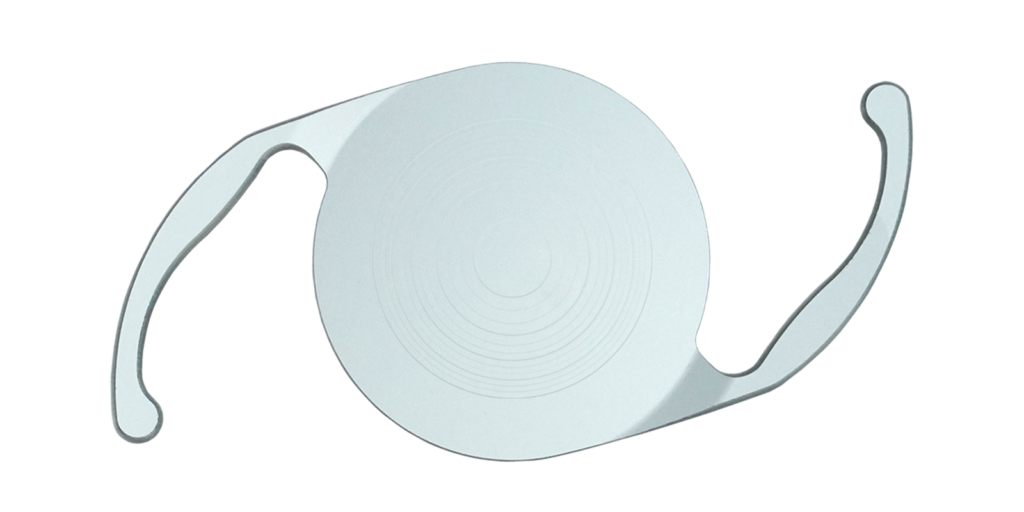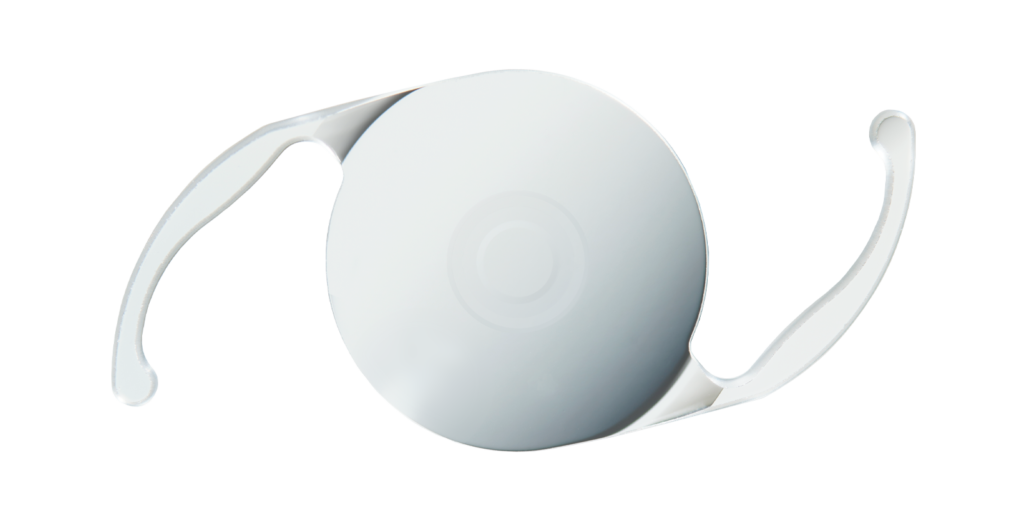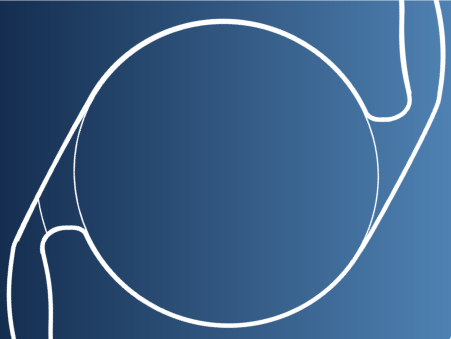CataractPhiladephia introduces a superior surgical experience for our PanOptix, Vivity, Toric, and Light Adjustable Lens patients.
We are the first and only practice in the region to offer
*ONCE AND DONE: cataract surgery for both eyes on the same day.
We understand premium intraocular lenses (IOLs) and the patients who benefit from them.
In 1998, Dr. Lewis became the first cataract surgeon on the east coast to embrace astigmatism correcting IOLs. Ten years later, our practice welcomed multifocal IOLs and became a recognized leader in their use. Today, we have an outstanding array of options for our patients.
Traditional, insurance-covered standard IOLs are excellent and provide good results. Premium intraocular lenses like the PanOptix and the Vivity offer an enhanced range of glasses-free vision. The Light Adjustable Lens allows former LASIK patients, mono-vision patients, RGP lens wearers, and those who need un-compromised clarity and control to customize their results. Toric implants improve vision by reducing astigmatism. Soon the IC-8 will help our patients with complex corneas.
As an early adopter of these technologies, we are uniquely qualified to recommend the most appropriate option. We introduced the Light Adjustable Lens to the region three and half years ago and enjoy a nuanced appreciation of its potential. Dr. Lewis performs nearly 2000 cataract surgeries each year and is one of the most experienced PanOptix/Toric surgeons in the area.
Our advantages include a proprietary medical record that merges diverse diagnostic technologies to calculate the best IOL for each patient. Unlike other practices, Dr. Lewis and Dr. McManamon exclusively recommend the appropriate options during cataract consultation.
We are also the only practice in Philadelphia offering "once and done" for our premium cataract surgery patients. In addition, we provide every patient with an anonymized link to their unedited surgical procedure. All surgery is performed by Dr. Lewis and we are available 24/7.
Cataract surgery is an opportunity to regain lost vision and to achieve a substantial upgrade in visual performance. As a leading Philadelphia cataract surgeon, Dr. Lewis is committed to guiding you through this unique experience. Our practice offers the latest technology and the most advanced care in a safe, supportive, and compassionate environment.
Premium Intraocular Lenses
PanOptix Trifocal dominates Cataract Philadelphia
Enjoy a glasses-free life, with the most advanced multifocal IOL.
Alcon's PanOptix implant, a second generation trifocal, provides continuous focus without glasses for tasks like driving, reading and computer use. PanOptix has been available outside the US for a dozen years and it is driving the premium intraocular lens markets in Canada, Australia and Europe. Our practice uses advanced intraocular lens power calculation methods to select the ideal PanOptix implant for appropriate patients.
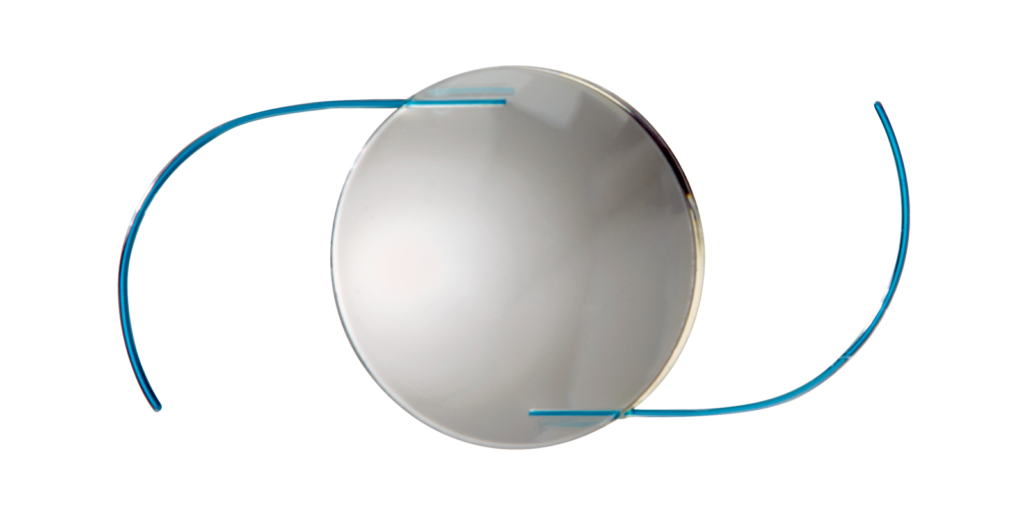
RxSight Light Adjustable Lens
Select uncompromised clarity with an IOL that matches your visual requirements.
RxSight's Light Adjustable Lens (LAL) is customized to your needs. Former LASIK patients achieve the WOW they remember. Monovision patients achieve sharp driving and personalized near vision. Perfectionist obtain the clearest vision without glasses. Adjustments are done at our Elkins Park office. We were the first and remain the most experienced practice in Pennsylvania to offer this incredible technology. Test drive the LAL and define your visual success.
AcrySof IQ Vivity
Designed to deliver an extended focal range and a monofocal-like visual disturbance profile.
Vivity uses non-diffractive optics to achieve an excellent range of vision without loss of contrast sensitivity or glare at night. Patients who are not ideal candidates for a trifocal implant can enjoy superior visual function with this lens. Vivity’s innovative technology brings premium visual results to more patients.

Dropless and Less Drops Cataract Surgery
Choose safer surgery, save $100 to $300 per eye, and reduce the hassle of multiple eye drops.
Intraocular antibiotics administered at the time of eye surgery reduces risk. We have employed this technique successfully on 14,000 cases since 2014. By instilling antibiotics and steroids in the operating suite we reduce the need for postoperative drops saving patients hundreds of dollars and hours of frustration, inconvenience and aggravation.
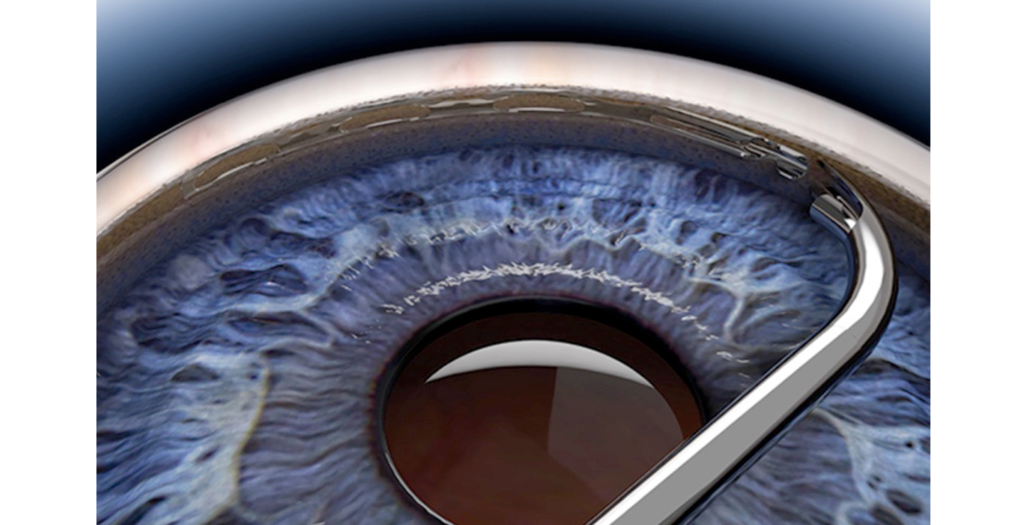
Hydrus MicroStent: Cataracts and Glaucoma
Stop your glaucoma drops with Hydrus MicroStent
Hydrus MicroStent has emerged as the best surgical option for patients with cataracts and mild to moderated glaucoma. Unlike some alternative MIGS procedures, Hydrus has been shown to reduce the risk of aggressive glaucoma progression. Nearly 80% of patients using a single drops each night can stop their glaucoma medication. Our practice is the most experienced in Pennsylvania with Hydrus. We serve as a training site for other surgeons and clinical specialists.
The Surgery Center at Fort Washington
A boutique surgical center with a convenient location.
467 Pennsylvania Ave, Suite 108
Fort Washington, PA 19034

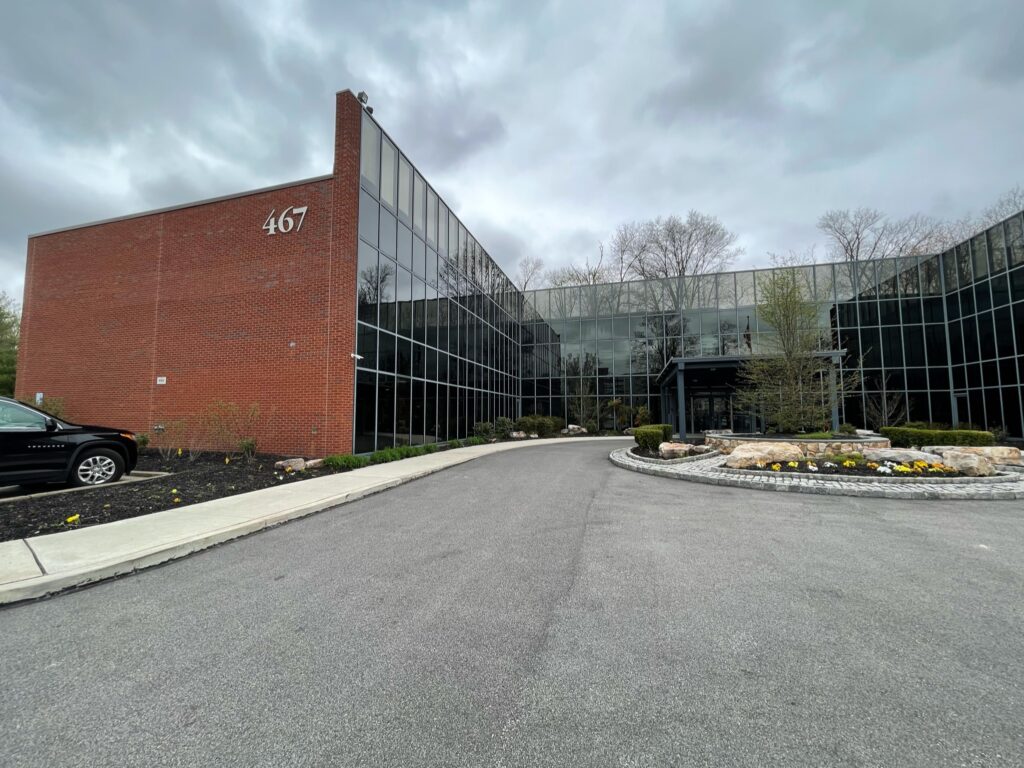
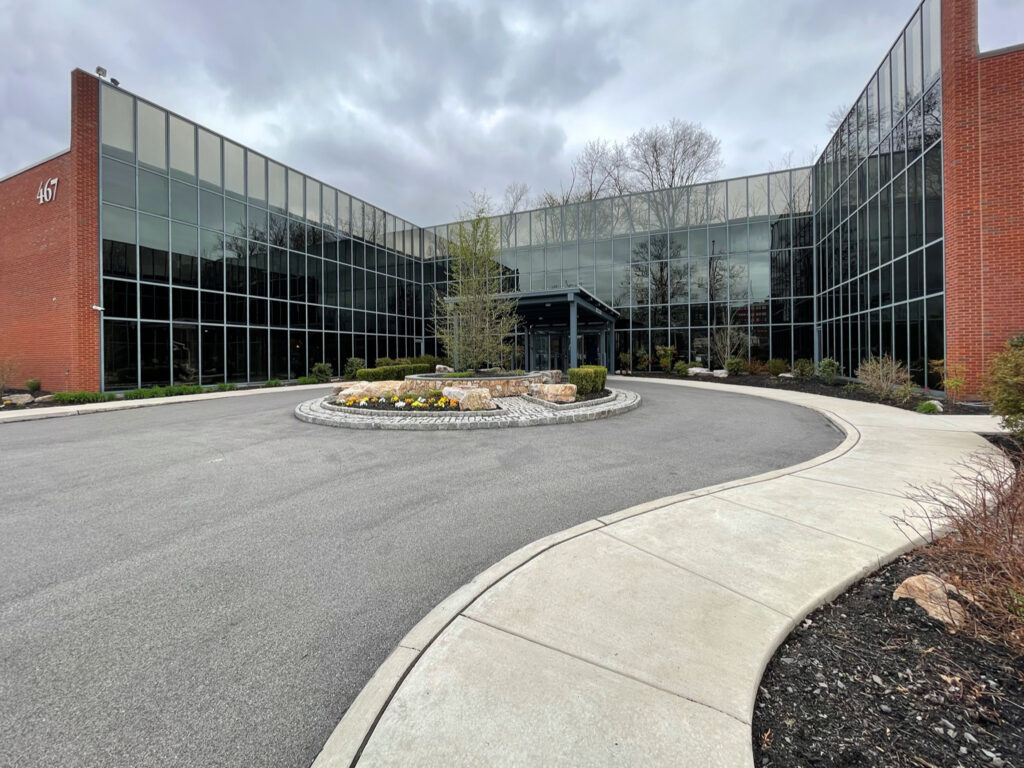



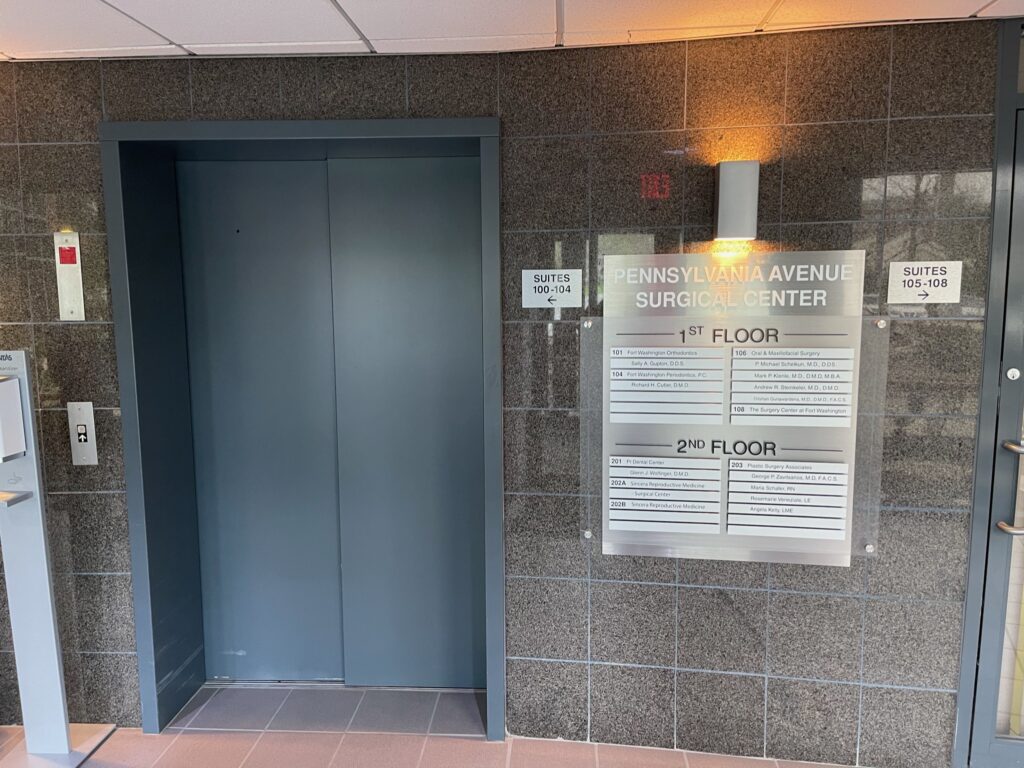
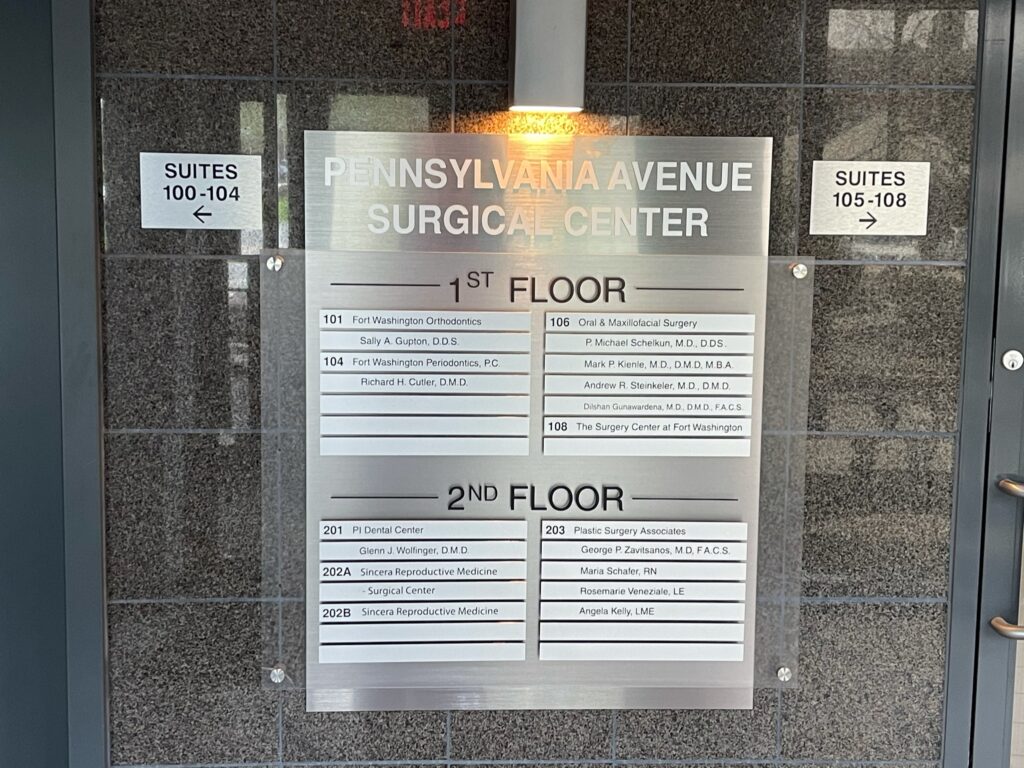
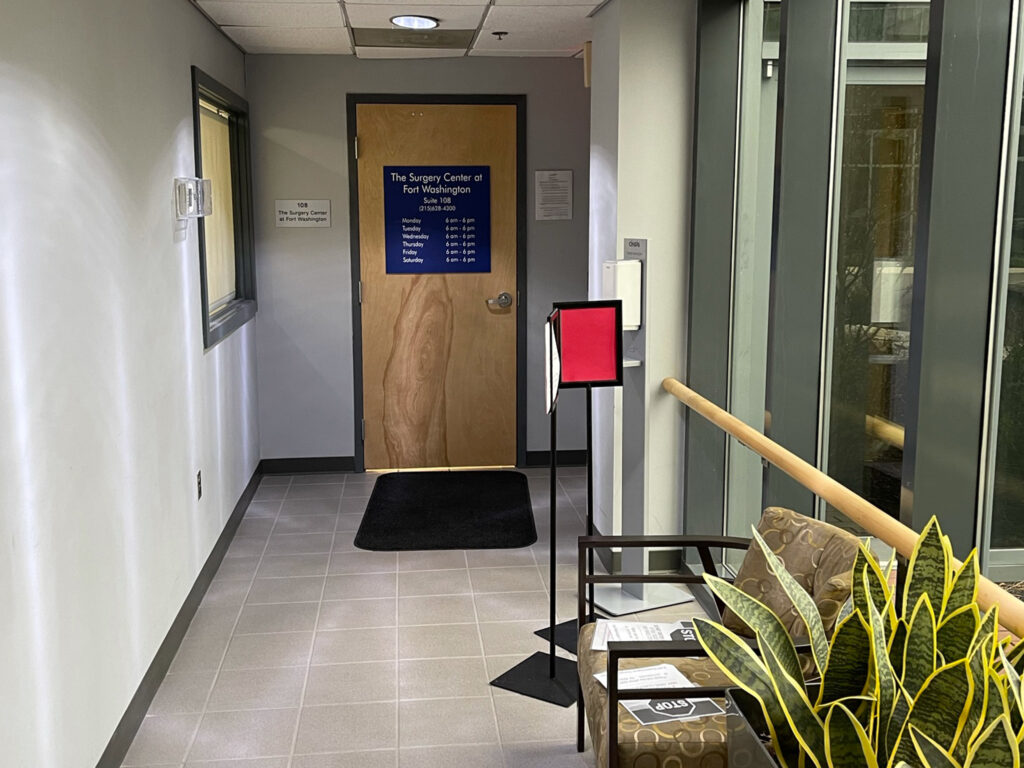
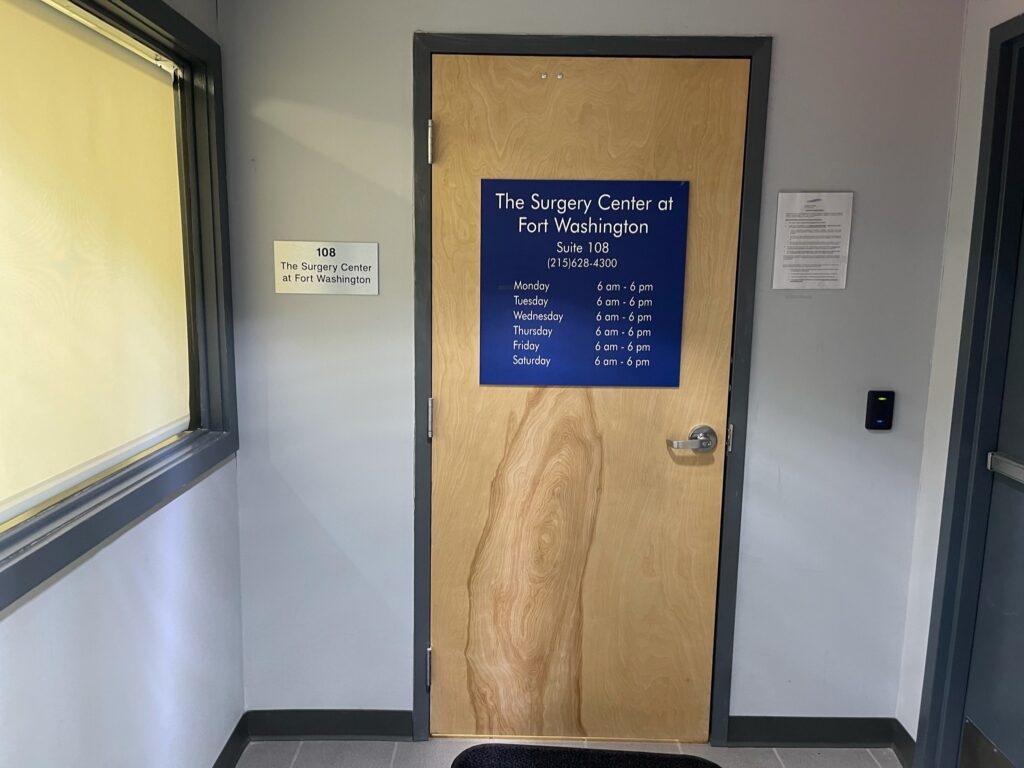
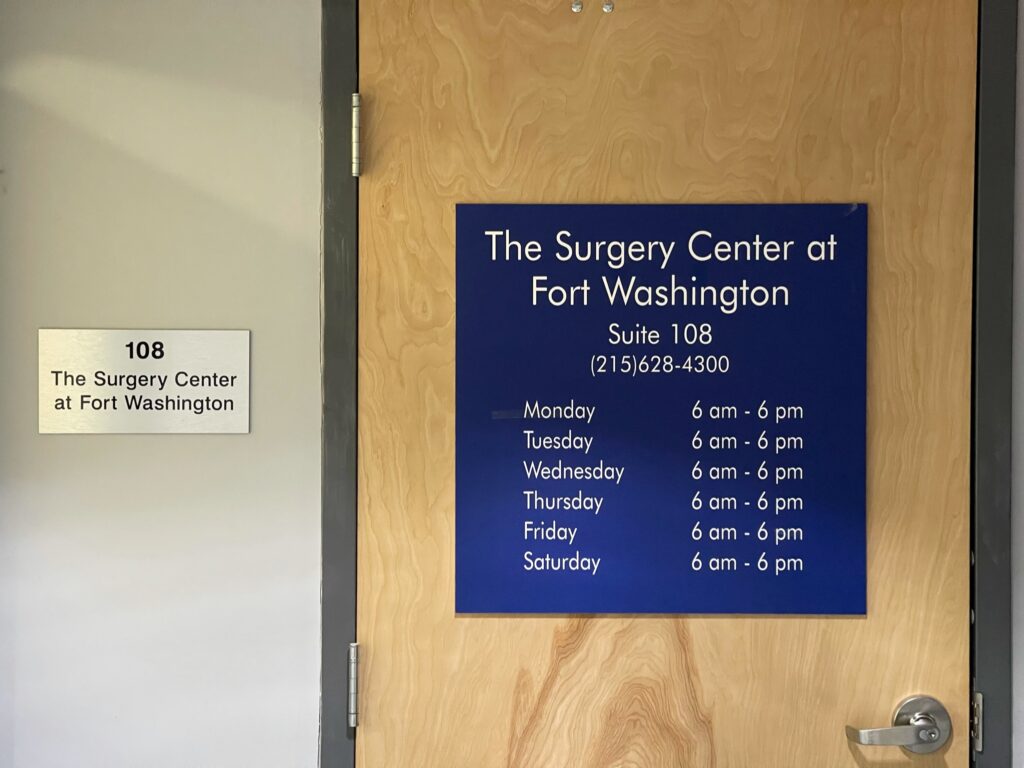
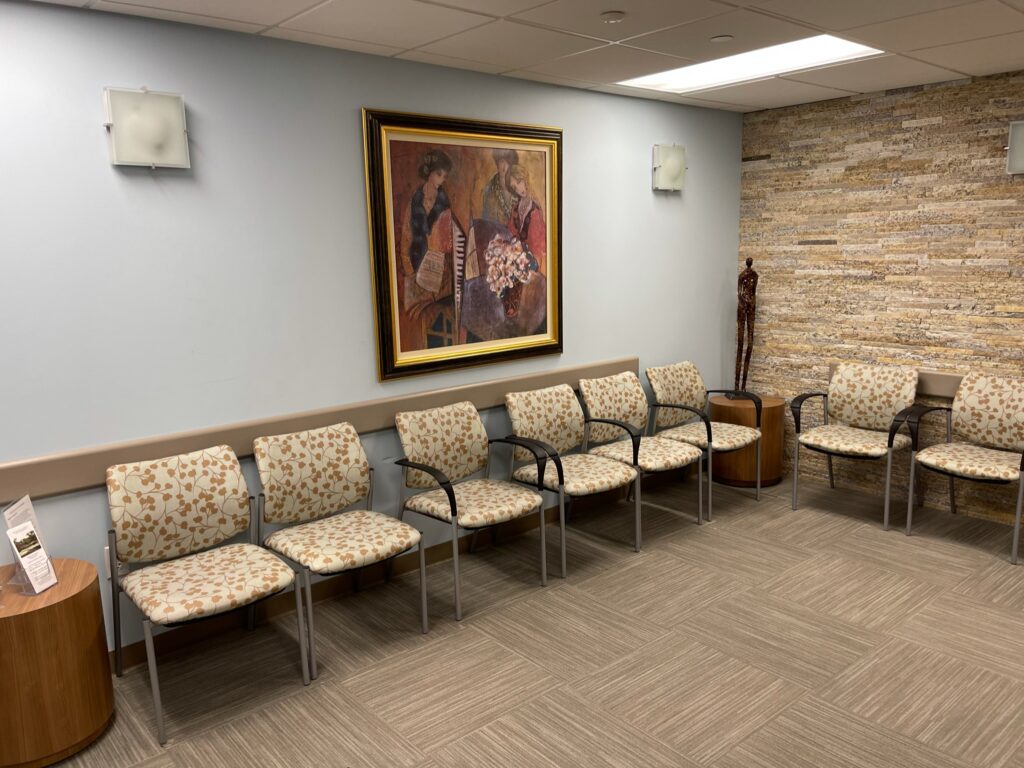
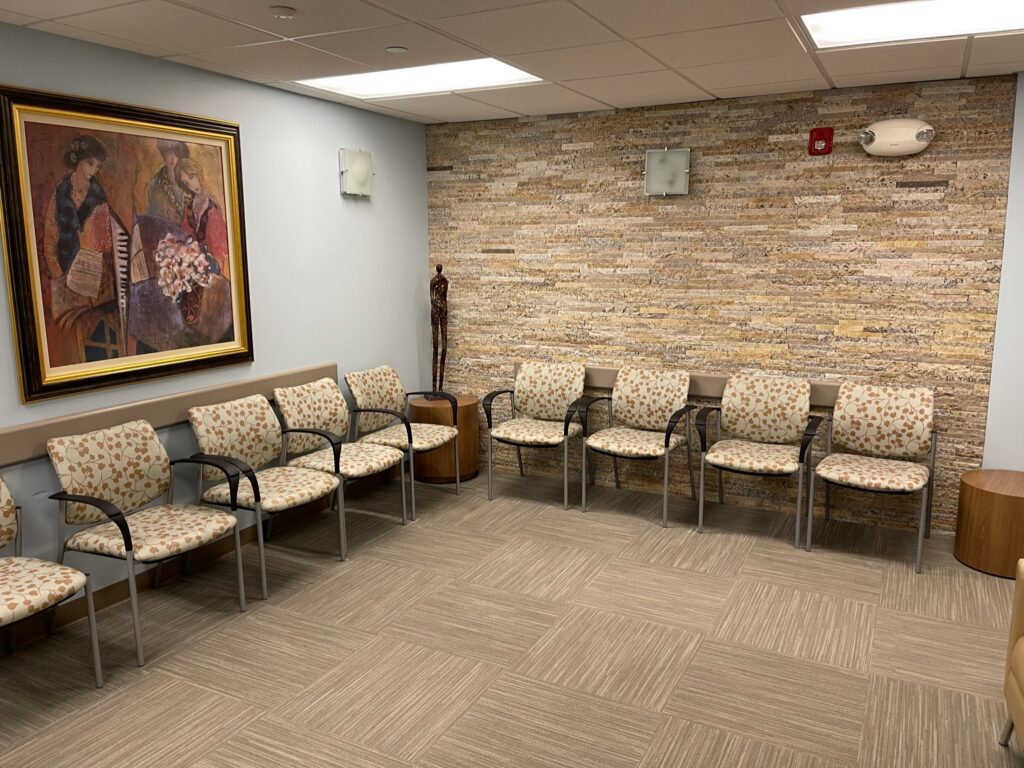
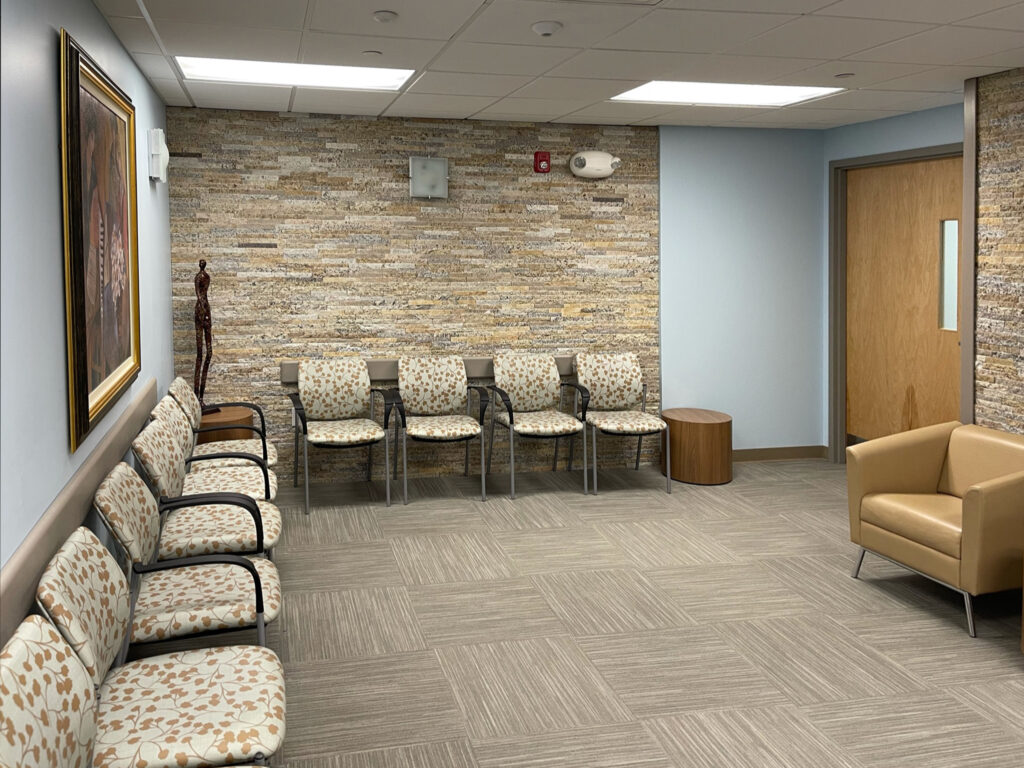
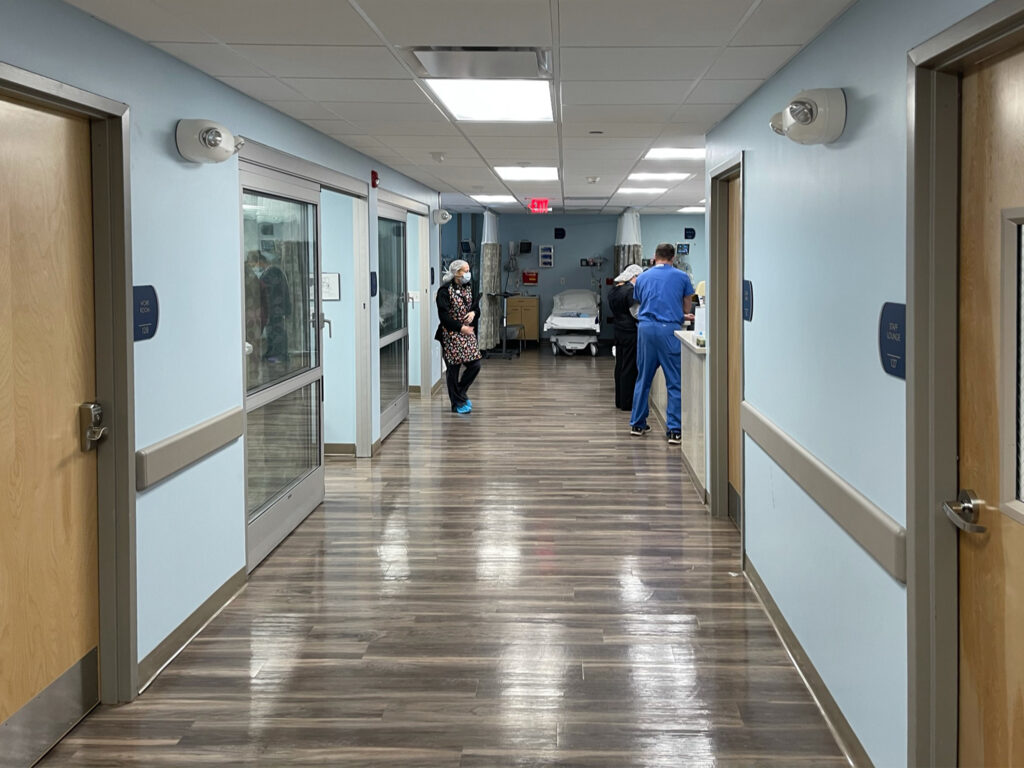
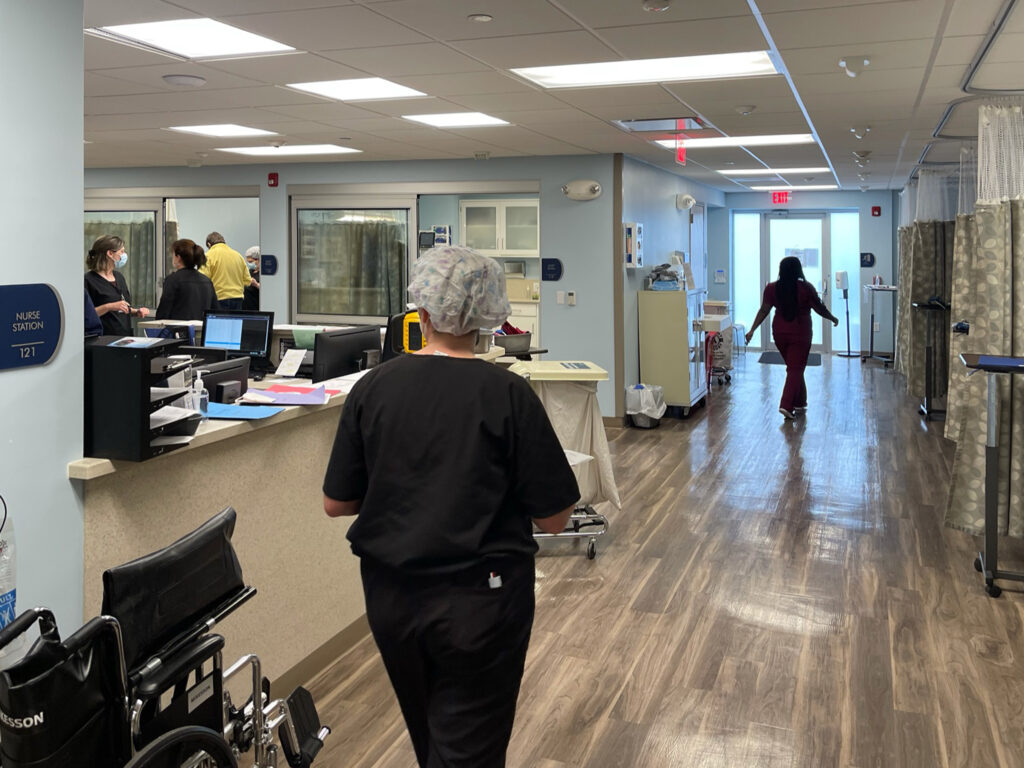
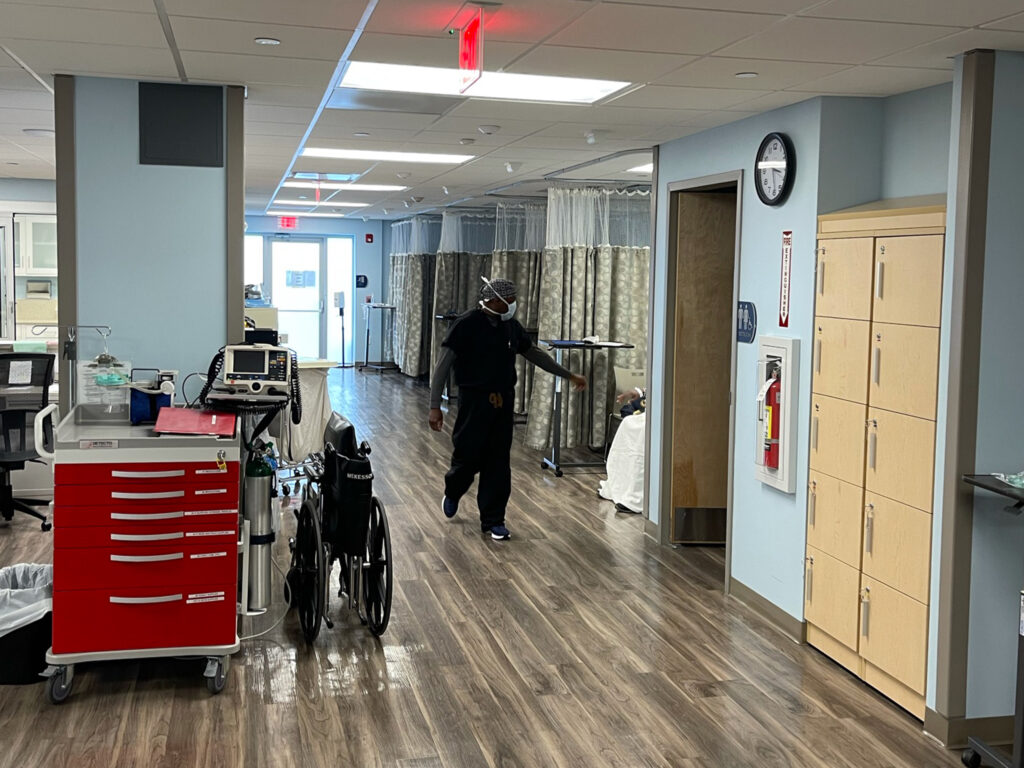
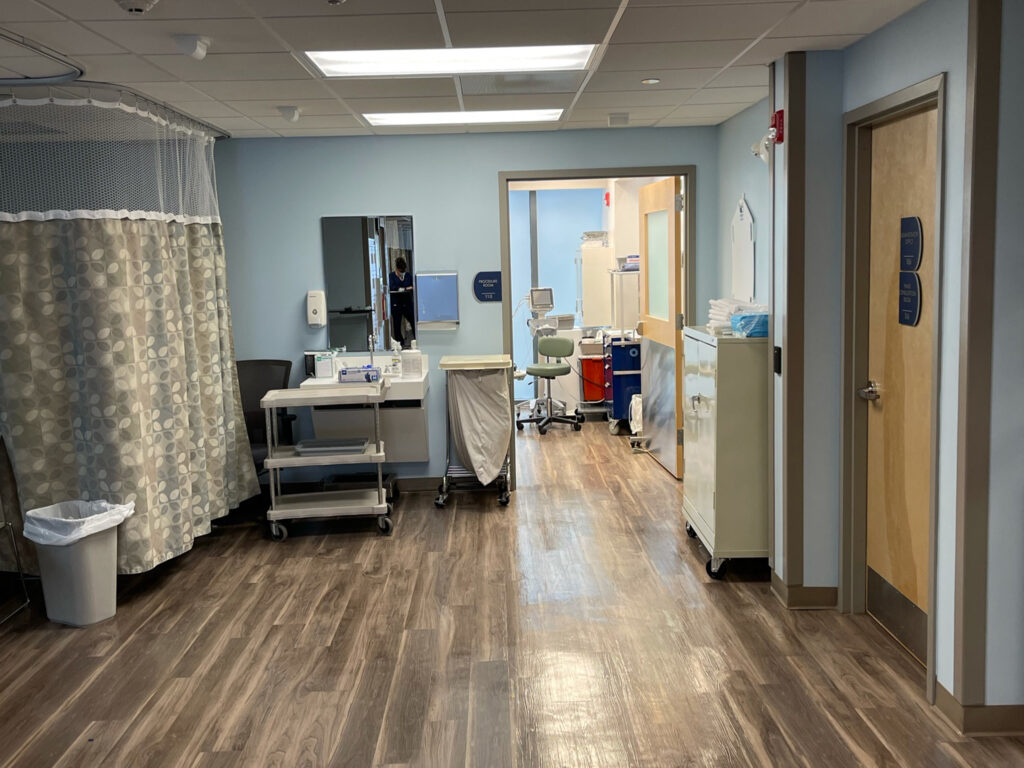
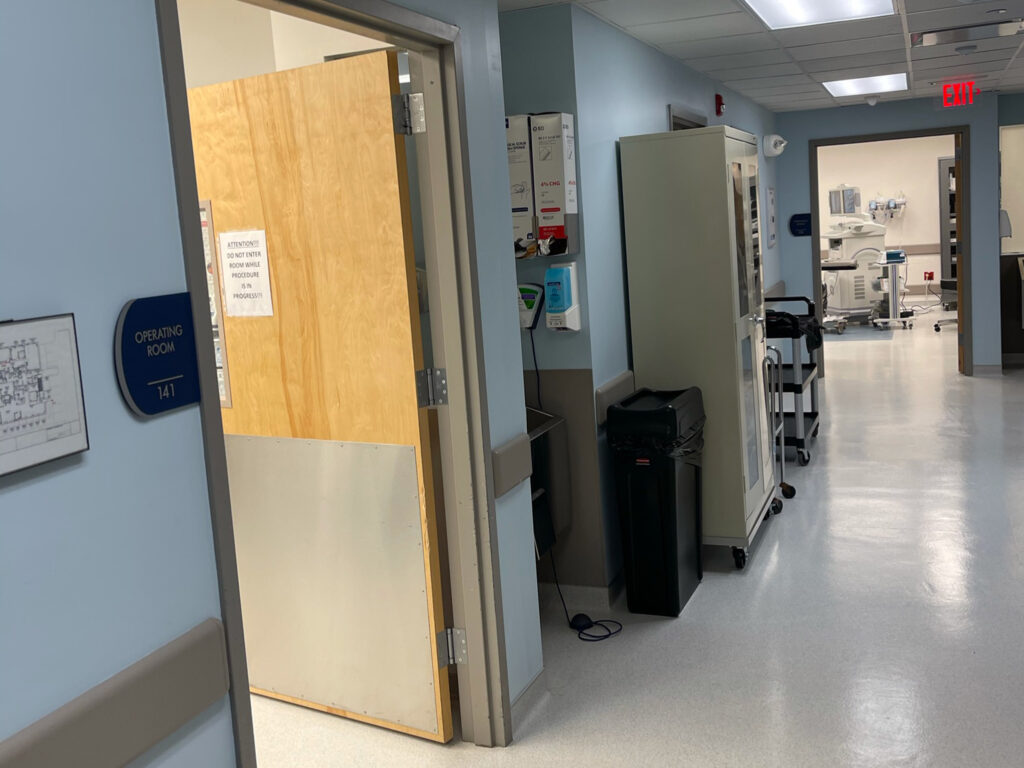
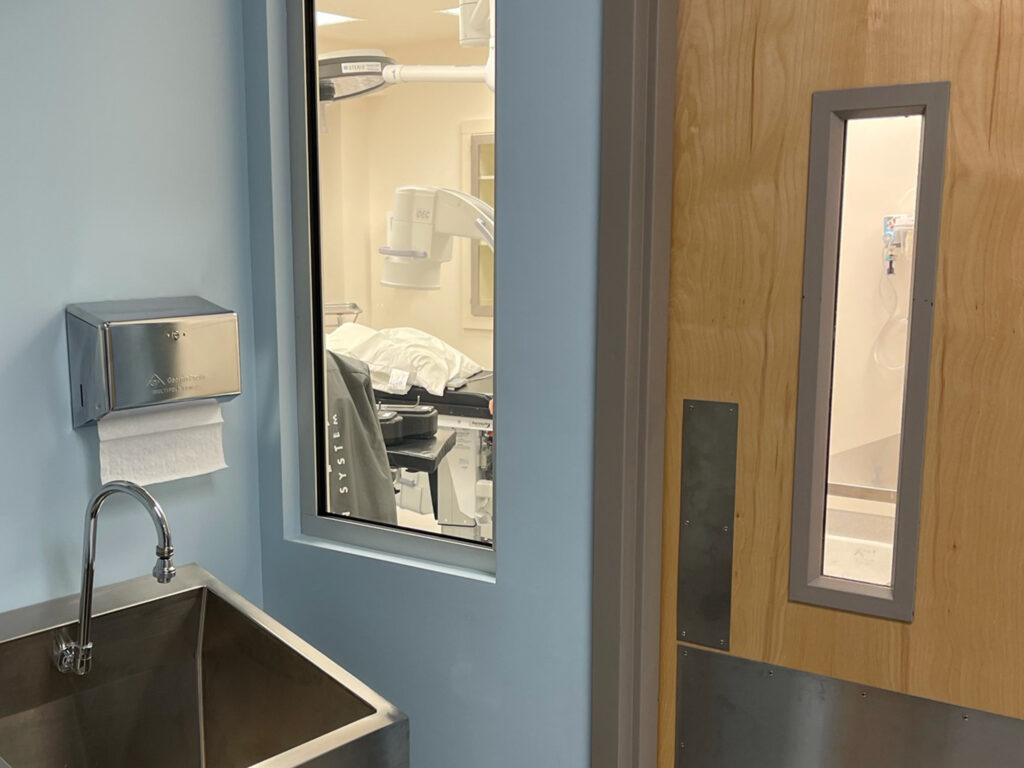
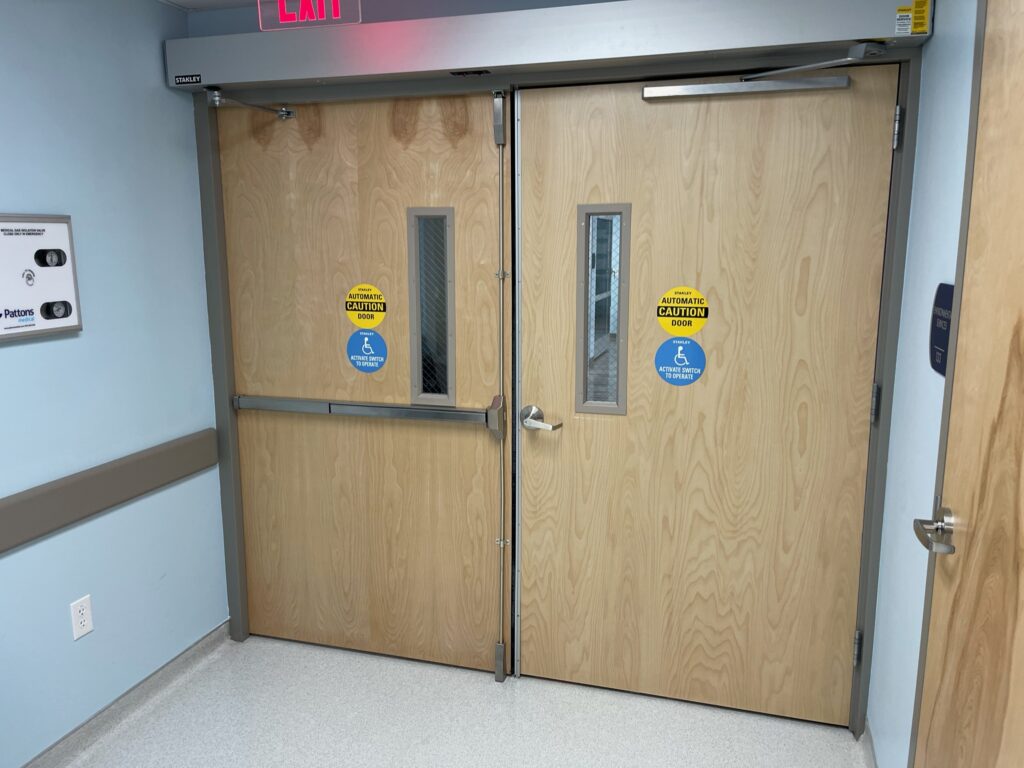
Patients Testimonials

Bob

Jeffrey H.

Ken O.

Louis

Yvette D.

Felicia W.

Jacqueline M.

Annie W.

Harriet L.
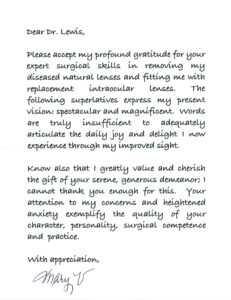
Mary V.

Louise & Arthur
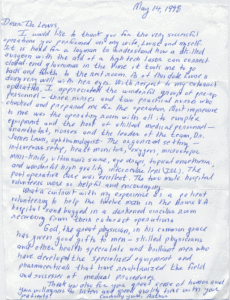
Arthur

Kathryn H

Saul A.
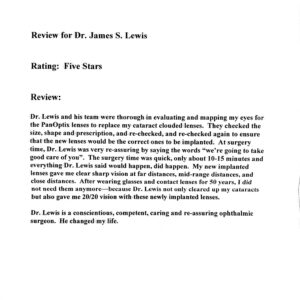
Five Stars

John Y.

Rosemary M.

David C.

Peter

Ruth H.

Mary V.

Barbara

Wendy G.

Elizabeth N.
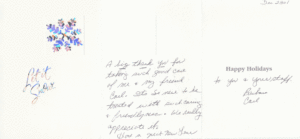
Barbara & Carl

Joyce G.

Olive G.

Glen M.

Stephen S.

Debbie J.

Avid D.

Christopher A.

Vivian C.

Anonymous

Ken O.

Anonymous

William

Tanya Y.

Shobhana & Monica S.

Bill

